Deep in the forests of southern Poland, metal detectorists stumbled upon a relic that rewrites the history of the region. What began as a search for World War II artifacts quickly turned into a groundbreaking discovery—a 2,000-year-old Roman sword. This ancient weapon, broken into three pieces, offers a rare glimpse into the past, potentially linked to the Przeworsk culture and a forgotten funerary ritual. As experts begin their analysis, this remarkable find is shedding new light on the Roman influence in Poland and the cultural practices of ancient warriors.
The Discovery of the Roman Sword: Metal Detectorists at Work
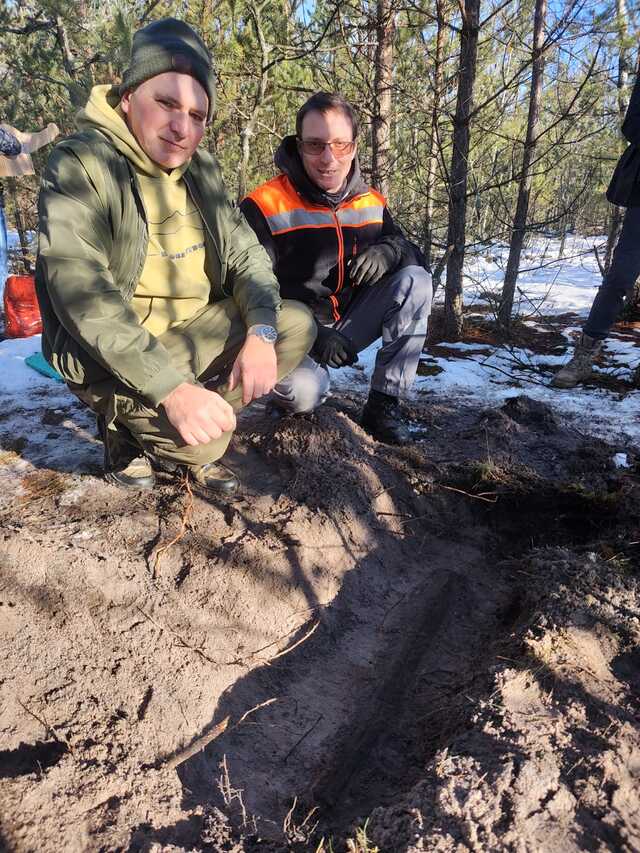
Proszowski and Lampa were initially searching for artifacts from World War II, as the area is known for its rich military history. However, much to their surprise, their metal detectors revealed something far older—a large Roman sword, broken into three pieces. The sword was found in the dense woods near Częstochowa, a city that holds deep religious and historical significance, particularly for pilgrims. Upon discovery, the sword was carefully secured by the Częstochowa Museum, where experts began their analysis.
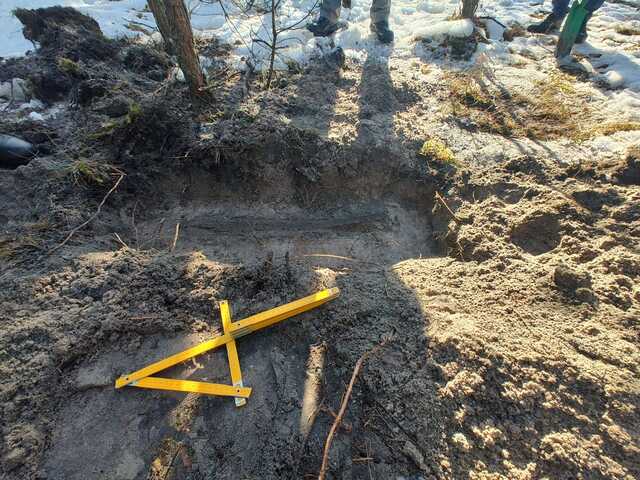
The find immediately garnered attention due to the rarity of Roman-era weaponry in this region. It is one of the most significant discoveries of its kind in southern Poland, as the area is not typically associated with Roman military presence. The sword was confirmed to be a spatha, a type of long sword used primarily by Roman cavalry, a key piece of military equipment during the period. The sword’s preservation and distinctive features offer a unique opportunity to explore the extent of Roman influence in the area.
Video
Watch 1,900-Year-Old Roman Swords Found in Cave in Israel to explore this extraordinary archaeological find. Don’t miss it!
The Roman Sword: Analyzing the Spatha
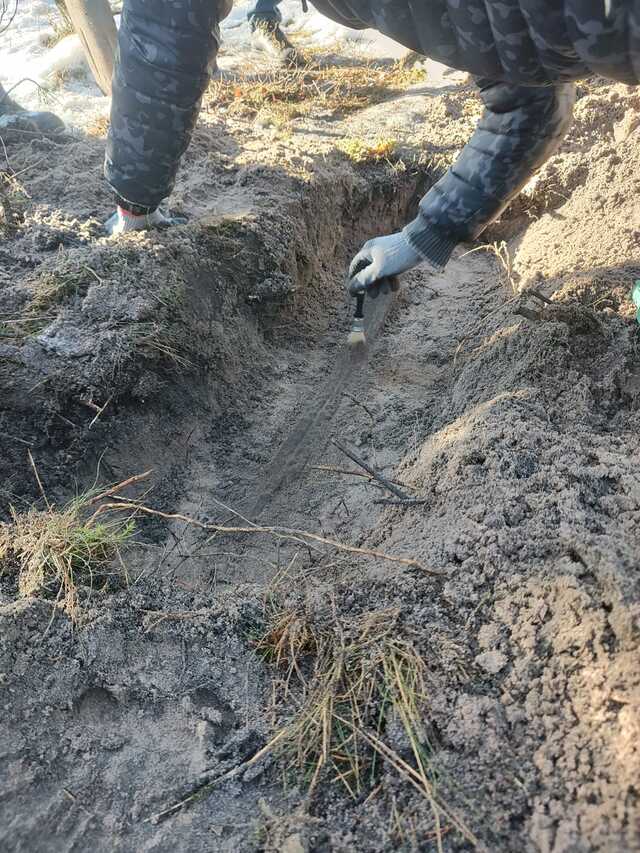
The sword itself, although broken into three parts, remains remarkably well-preserved. As one of the most important Roman weapons found in this region, the spatha is a crucial piece of evidence of Roman military presence and influence in northern Europe. Roman spathas were typically used by soldiers of higher rank, such as cavalrymen, and were known for their length and efficiency in battle.
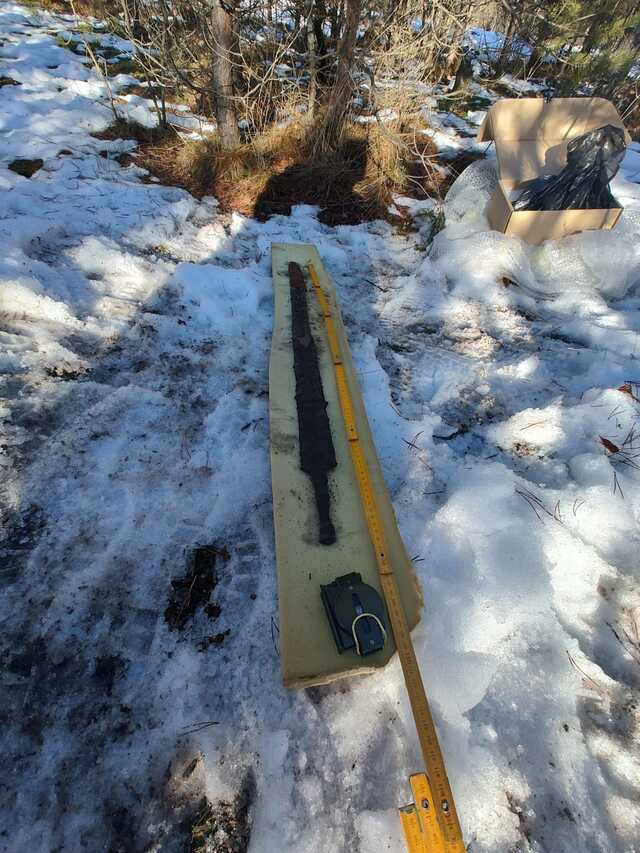
Initial analysis suggests that the sword likely dates from the 3rd or 4th century CE, a time when the Roman Empire was at its peak and its influence stretched across much of Europe, including parts of modern-day Poland. The sword’s age and design are consistent with Roman military technology, making it a valuable addition to the historical record of Roman weaponry. However, the most intriguing aspect of this discovery is the sword’s connection to the Przeworsk culture, a group of Germanic tribes known for their interactions with the Romans.
Cultural Context: The Przeworsk Culture and the Vandals
The Przeworsk culture, flourishing in central and southern Poland between the 3rd and 6th centuries CE, is known for its intricate burial practices and for its connection to the Vandals—a Germanic people who played a significant role in the history of Europe. The Przeworsk culture is also linked to the Vandal tribes, and these people often incorporated Roman imports into their funerary rituals. This connection is key to understanding the cultural significance of the sword.

The Przeworsk culture’s burial rites often included the symbolic destruction or burning of objects, particularly weapons. The fact that the sword was deliberately broken and shows signs of fire patina suggests that it may have been part of such a ritual. It’s believed that high-status individuals within the Vandal tribes were honored with Roman weapons in their graves, symbolizing their connection to the wider Roman world. This practice of using Roman imports in burials reflects the cross-cultural interactions between the Vandals and the Roman Empire, a connection that may have been both symbolic and practical.
Symbolic Meaning of the Sword: A Funerary Ritual?
The sword’s deliberate breakage and the signs of fire patina on its surface suggest that it might have been used in a cremation or burial ritual. In Przeworsk culture, it was common to place broken weapons in graves as part of a funerary tradition. This destruction of weapons—whether bending, burning, or breaking them—was thought to symbolize the passage of a warrior into the afterlife.
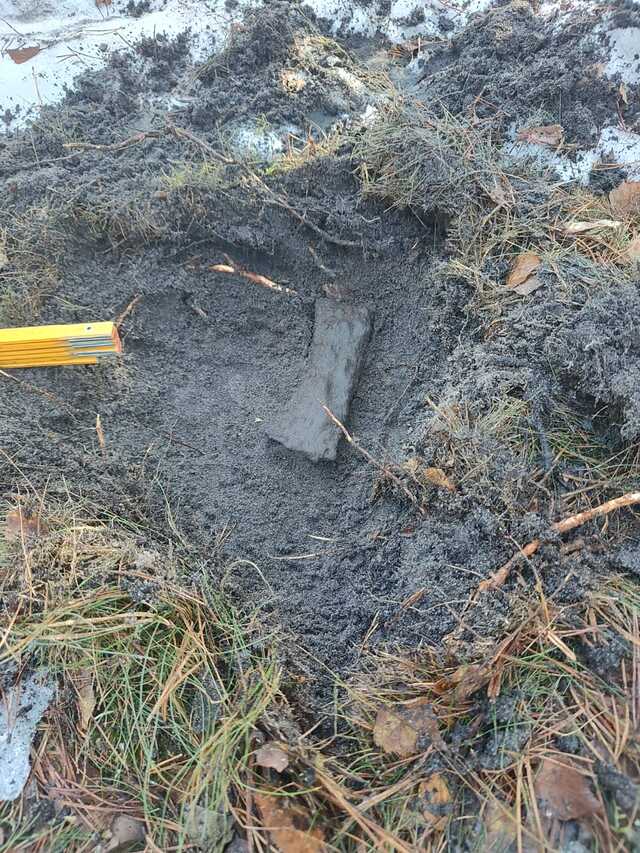
Given the Vandal connection, it’s possible that this sword was part of a “farewell ritual” for a fallen warrior. Researchers suggest that Vandal tribes may have cremated their deceased and left symbolic objects, such as broken weapons, behind as part of the ceremonial process. The sword’s unique condition supports the idea that it played a role in this ancient ritual, offering a tangible connection to the spiritual and cultural practices of the time.
Other Finds: Medieval Artifacts and Their Historical Significance


While the Roman sword took center stage in this discovery, it wasn’t the only significant artifact unearthed. Proszowski and Lampa also found a medieval axe and three well-preserved spurs from the late Middle Ages. These additional finds further enrich our understanding of the area’s historical significance, showing that the region was not only a site of Roman influence but also played a role in medieval times.
The presence of these medieval artifacts adds depth to the region’s history, confirming that the area was not merely a transient stop but a place of consistent human activity across multiple time periods. The finds provide a more complete picture of the region’s cultural evolution, from Roman times through the Middle Ages.
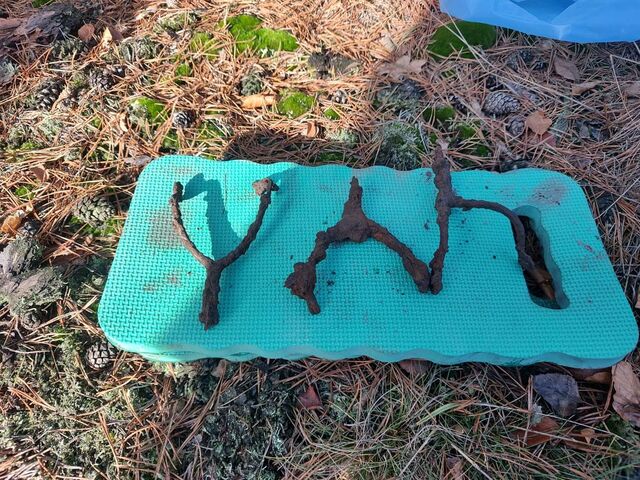
The Region’s Historical Importance: Northern Jura’s Role in Ancient and Medieval Times
The discovery of the Roman sword, along with the medieval artifacts, underscores the historical significance of the northern Jura region of Poland. This area was not just a passageway for migrating peoples or a site of conflict; it was an active cultural and historical hub, where ancient and medieval civilizations intersected. The Przeworsk culture, with its rich burial rites and interaction with the Romans, adds a fascinating layer to the understanding of this area’s past.
This region, once thought to be merely a backdrop for major historical events, now reveals itself as a place of rich cultural activity, with both Roman and medieval influences shaping its development. The finds from this area are crucial to understanding the complex interplay between different cultures and time periods in northern Europe.

Conservation and Further Research: Preserving the Past
The Roman sword and other artifacts are currently undergoing conservation at the Częstochowa Museum. This careful preservation is essential to ensuring that these items continue to provide valuable insights into the ancient and medieval past. The ongoing research aims to better understand the context of the sword’s discovery, as well as its significance in relation to other finds from the region.
Once the conservation work is complete, the sword and other artifacts will be displayed at the Mokra Museum, allowing the public to experience this rare and significant discovery firsthand. The research team is also continuing to investigate the site, hoping to uncover more artifacts that may shed light on the cultural practices and historical significance of the area.
Conclusion: A Glimpse into the Past of Southern Poland
The discovery of the Roman sword in southern Poland offers a fascinating glimpse into the complex history of the region. From its connection to the Przeworsk culture and the Vandals to its possible role in an ancient funerary ritual, this find adds a new layer of understanding to the cultural and historical landscape of northern Europe. The sword is a tangible link to the past, offering insights not only into Roman military technology but also into the ceremonial practices of the people who lived in this area.
As further research continues, the findings from this region will undoubtedly provide even more revelations about the interactions between Roman and Germanic cultures, enriching our understanding of the past. The discovery reinforces the idea that the northern Jura region was more than just a place people passed through—it was a place of significant cultural and historical activity, where the past continues to speak to us through its artifacts.
Video
Watch Sensational Roman Buried Treasure Found Metal Detecting In England! to witness this incredible discovery of ancient Roman artifacts. Don’t miss it!



